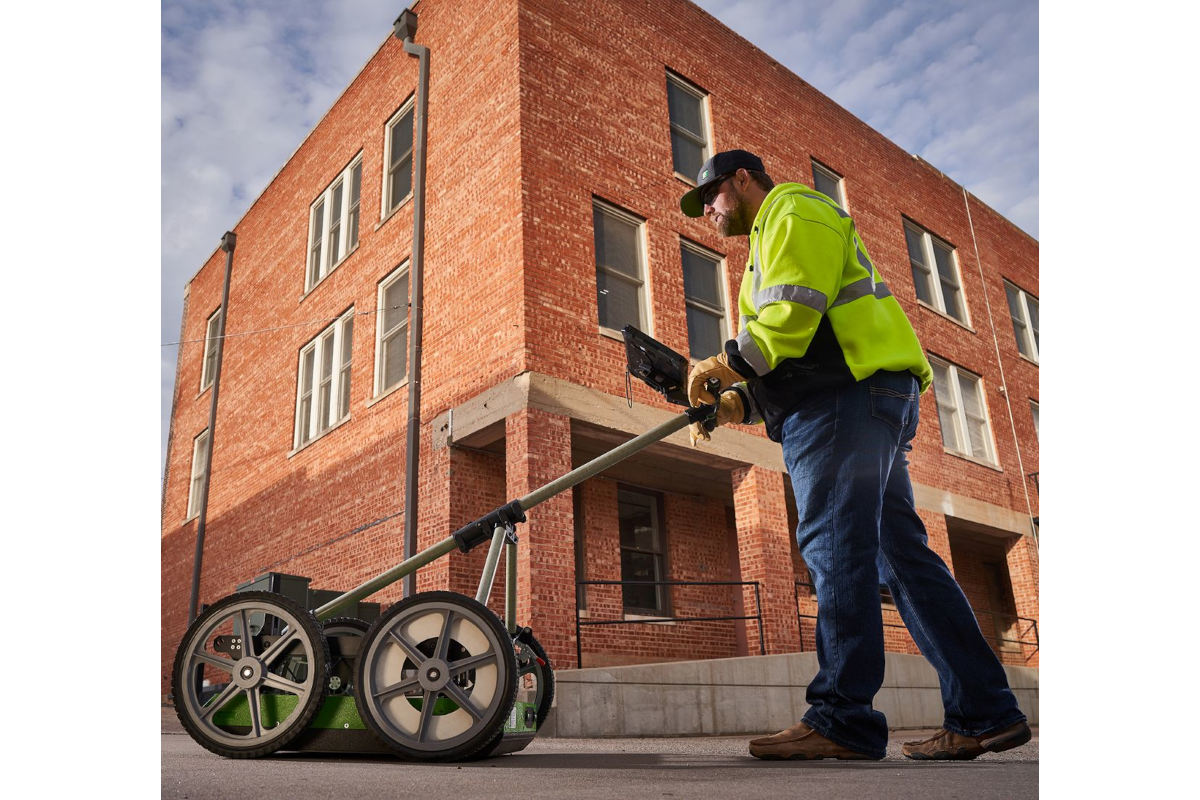
Crossing the Coosa River Via HDD
Michels Corp. Provides a Trenchless Solution for Long-Sought Transco Pipeline Crossing
Williams Companies Inc.’s 10,000-mile Transco Pipeline system is the nation’s largest and most reliable interstate natural gas pipeline system, delivering natural gas from south Texas to New York City.
At a location in the system approximately 50-miles south of Birmingham, Alabama, Transco’s system had, until recently, experienced a bottleneck due to the inability to install an additional fifth pipeline crossing the Coosa River. Historically, due to the subsurface geology and drastic topography in the region, the Coosa River had proven to be a challenge for pipeline crossings, regardless of the installation methodology.
Trenchless Feasibility
In 2021, Williams reached out to Michels Trenchless Inc. to provide feasible solutions for crossing the challenging river. Michels, along with Williams, conducted site visits at the Coosa River to explore multiple pipeline installation methodologies including horizontal directional drilling, direct steerable pipe thrusting, microtunneling, and open trench construction.
Through a detailed survey and geotechnical investigation, the Michels and Williams team, with support from trenchless consultant J.D. Hair & Associates Inc., determined that a preliminary design supported a plan that crossing the Coosa River would be feasible through horizontal directional drilling (HDD).
During the detailed design phase, supplemental geotechnical borings were completed on land as well as on a barge within the river. Subsequently, additional geotechnical investigation was completed, and the challenging features of the design were evaluated.
The identified geology indicated that the trenchless installation would be carried out in very hard and abrasive gniess bedrock. GeoEngineers Inc. completed the final design report for the portion of the pipeline crossing the Coosa River.
Selecting HDD
It was decided by Williams that the HDD methodology would be implemented to install approximately 3,407 ft of 42-in. diameter steel carrier pipe. Ultimately Williams awarded the mainline portion of the approximately 1.9-mile-long, 42-in. diameter loop (Southeast Energy Connector Project) to U.S. Pipeline Inc. and the HDD portion of the scope to Michels.

Prior to Michels crews mobilizing in March 2024, Michels and U.S. Pipeline developed extensive plans that would allow both contractors to navigate the steep and challenging terrain to and from the entry and exit side pads. U.S. Pipeline played a large role in the support of accessing the difficult terrain on both sides of the river, while assisting 24/7 operations.
Due to the length and complexity of the installation, the horizontal directional drill was executed via the pilot hole intersect method. Therefore, Michels mobilized custom-built maxi horizontal directional drilling rigs on both sides of the Coosa River. After roughly two weeks of safely navigating the Coosa River terrain for setup operations, pilot hole operations commenced.
Spoils Management
Like that of the preliminary plans used for mobilization, the Michels team had to come up with innovative solutions for the removal of spoils generated during the horizontal directional drilling process with the winching support of U.S. Pipeline’s HDD support crews.
Given that the final pipeline had a diameter of 42-in., three ream passes were utilized following the pilot hole intersect. A 30-, 42-, and ultimately a 54-in. ream pass were required to execute this project with a large enough borehole diameter to safely install the Williams’ product pipe. Each ream pass brought with it substantial volumes of excavated borehole cuttings that were transported back up the complex hills surrounding the Coosa River.
Rain events made transportation of any equipment to and from the drill locations nearly impossible, adding an additional level of complexity to ensure that HDD operations could continue without delay.
Once the final ream pass was complete, Michels crews rigged down the exit site HDD rig to prepare for pipeline pullback. A total of five pullback sections were carefully fabricated within the narrow right-of-way, as longer sections were deemed unfeasible due to the complex terrain.
Completing the Pullback
Once pullback operations commenced, Michels and U.S. Pipeline Crews worked relentlessly to pull the pipeline into place via 24/7 operations. On July 6, after working through the July 4th holiday, Michels received the final 42-in. diameter pipeline into the entry pit, completing the installation. Following the successful installation of the 42-in. diameter steel pipe, U.S. Pipeline Inc. would complete the adjacent open-cut and tie-in construction.
Ultimately, through collaboration, early contractor involvement and execution, the Coosa River horizontal directional drilling installation was a success.
The installation of this new pipeline will ultimately solve the Transco system’s bottleneck and through the implementation of trenchless technologies, a solution was provided to overcome a historical challenge impacting one of the United States largest energy infrastructure systems.
Tucker Toelke is an alternative delivery manager for the Michels Micon Group. Jace Lovell is a senior project manager for Michels Trenchless.




